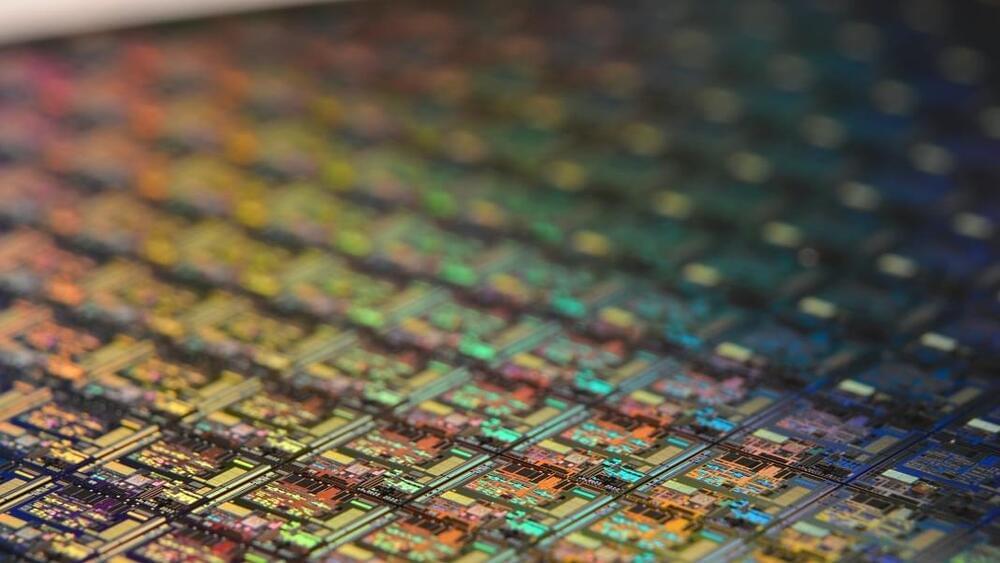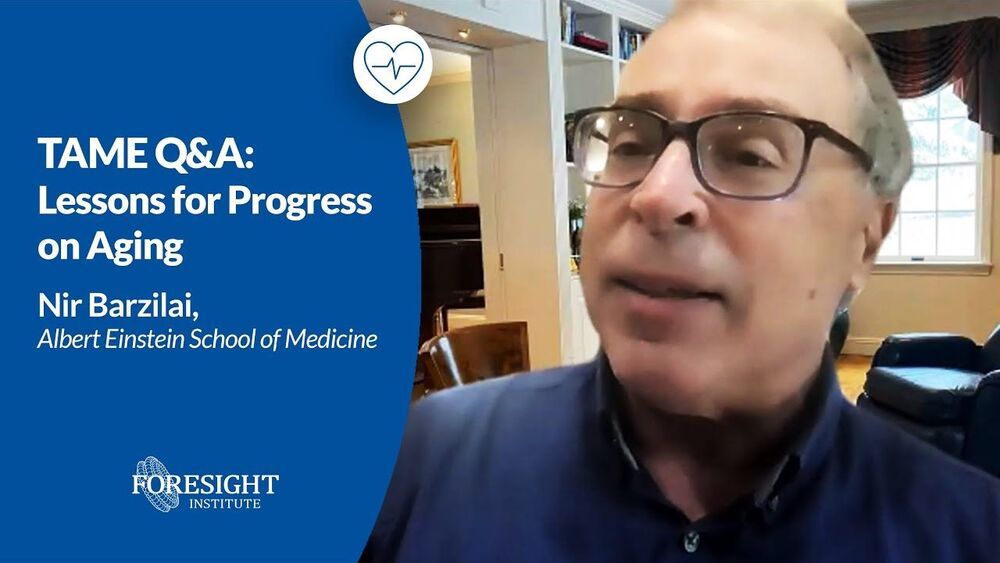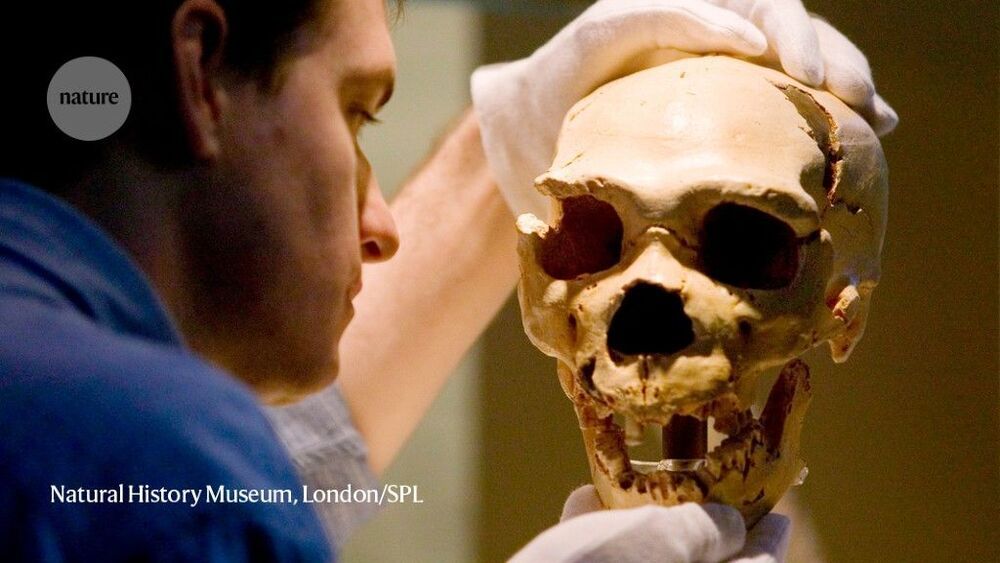AI is entering take-off mode just as we exit an economic downturn caused by the pandemic. Get ready for a productivity boom.
Arm thinks those kinds of applications may not be far away, though. In a paper published last week in Nature, researchers from the company detailed a 32-bit microprocessor built directly onto a plastic substrate that promises to be both flexible and dramatically cheaper than today’s chips.
“We envisage that PlasticARM will pioneer the development of low-cost, fully flexible smart integrated systems to enable an ‘internet of everything’ consisting of the integration of more than a trillion inanimate objects over the next decade into the digital world,” they wrote.
Flexible electronics aren’t exactly new, and sensors, batteries, LEDs, antennae, and many other simpler components have all been demonstrated before. But a practical microprocessor that can carry out meaningful computations has been elusive thanks to the large number of transistors required, say the researchers.
The Rijksmuseum employed an AI to repaint lost parts of Rembrandt’s “The Night Watch.” Here’s how they did it.
More TAME! The first part of this has a lot of result data.
Foresight Biotech & Health Extension Meeting sponsored by 100 Plus Capital.
2021 program & apply to join: https://foresight.org/biotech-health-extension-program/
Nir Barzilai, Albert Einstein School of Medicine.
“It’s an extraordinary paper with some extraordinary claims,” says Gray Camp, a developmental biologist at the University of Basel in Switzerland, whose lab last year reported2 growing brain organoids that contained a gene common to Neanderthals and humans. The latest work takes the research further by looking at gene variants that humans lost in evolution. But Camp remains sceptical about the implications of the results, and says the work opens more questions that will require investigation.
Humans are more closely related to Neanderthals and Denisovans than to any living primate, and some 40% of the Neanderthal genome can still be found spread throughout living humans. But researchers have limited means to study these ancient species’ brains — soft tissue is not well preserved, and most studies rely on inspecting the size and shape of fossilized skulls. Knowing how the species’ genes differ from humans’ is important because it helps researchers to understand what makes humans unique — especially in our brains.
The researchers, led by Alysson Muotri, a neuroscientist at the University of California, San Diego, used the genome-editing technique CRISPR–Cas9 to introduce the Neanderthal and Denisovan form of a gene called NOVA1 into human pluripotent stem cells, which can develop into any cell type. They cultured these to form organoids, clumps of brain-like tissue, up to 5 millimetres across, alongside normal human brain organoids for comparison.
Skygazers believe they saw a meteor streak across the Texas sky Sunday night.
Update 3:30 p.m. EDT July 26: NASA Meteor Watch confirmed what hundreds of eyewitnesses across the Midwest already knew, that a fireball seen streaking across the night sky was a meteor.
On August 26, 2020, NASA’s Fermi Gamma-ray Space Telescope detected a pulse of high-energy radiation that had been racing toward Earth for nearly half the present age of the universe. Lasting only about a second, it turned out to be one for the record books – the shortest gamma-ray burst (GRB) caused by the death of a massive star ever seen.
GRBs are the most powerful events in the universe, detectable across billions of light-years. Astronomers classify them as long or short based on whether the event lasts for more or less than two seconds. They observe long bursts in association with the demise of massive stars, while short bursts have been linked to a different scenario.
Astronomers combined data from NASA’s Fermi Gamma-ray Space Telescope, other space missions, and ground-based observatories to reveal the origin of GRB 200826A, a brief but powerful burst of radiation. It’s the shortest burst known to be powered by a collapsing star – and almost didn’t happen at all. Credit: NASA’s Goddard Space Flight Center.
The search for extraterrestrial technology is “daring to look through new telescopes.”
Avi Loeb is heading a new project which will search for extraterrestrial technological signatures that could prove there is life beyond Earth.
Russia has unveiled the Sukhoi Checkmate, a new fifth-generation fighter jet intended to supplement the Su-57 and conquer the international market.
A mockup of the aircraft was presented in a grand ceremony on the opening day of the MAKS airshow in Moscow on July 20, 2021.
“We have been working on the project for just slightly longer than one year. Such a fast development cycle was possible only with the help of advanced computer technologies and virtual testing,” Yuri Slyusar, CEO of United Aircraft Corporation (UAC), said at the event.
Now businesses, start-ups and their backers are eyeing an even bigger bonanza in the form of the next generation of seniors. The market opportunities will shift to the development of products and services through a greater adoption of emerging technology to provide preventive health care, and help people to live in their homes for longer, plus increase independence and well being.
Opportunities in China’s elderly health care will shift to the development of tech-based products and services to help people live longer in their homes and increase their independence and well being.









